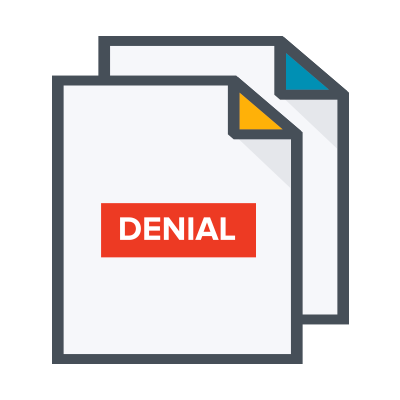- Solutions
Healthcare
- Resources
Why run this play?
Managing the coding portion of your DNFB to daily targets tied to the prior day’s Gross Revenue can reduce Net Days in Revenue Outstanding by 2-3 days. You can also expect fewer touches to correct claims, fewer downstream denials, less downstream cash volatility, and fewer claims management volume challenges.
Background
Volatility and variances are often the enemy of quality. To prevent the coding-related aspects of DNFB from swelling during the month and creating chaotic catch-up efforts near month-end, we recommend that the HIM/Coding team practice systematic, methods-based management of both processes and defects. Instead of measuring DNFB performance by broad lagging indicators such as Days or Open A/R, switch to daily targeting that better aligns with the ebb and flow of incoming volume and provides the most rapid proactive measure that allows reasonable on-demand adjusting of staffing levels and segmentation strategies.
Take Action
- Create a report that shows your Gross Revenue and Final Billed Gross Revenue by day (X-axis).
- If Final Billed Gross Revenue is less than your Total Gross Revenue for more than 3 days in a row, investigate further.
- Determine if it is A: a staffing issue. Or B: systemic, or related to potential inefficiencies in the way your organization manages DNFB.
- If A, assess and optimize coding staffing.
- If B, analyze your DNFB by Hold Reason and look for ways to reduce DNFB.
Want to see how to run this play in VisiQuate?
Request a demoHow to Calculate This Play's Value
- Monitor the metric, Delayed Cash Opportunity Due to Coding-Related DNFB
- Measure the Delayed Cash Opportunity (DCO).
Calculation for Delayed Cash Opportunity is: ([DNFB Days where [Account Bal Category] = Debit – (client bill hold days) x ([Average Daily Gross Revenue] x [Experiential Net Revenue % using rolling 12 month average]) - Multiply the DCO by a reasonable cost of funds %. (For example, assuming a 5% cost of funds).
- If the reduction is $100, the acceleration is 5% of $100 or $5.
Be the first to know when a new play comes out.
Sign up now!© 2024 VisiQuate, Inc. All Rights Reserved.









